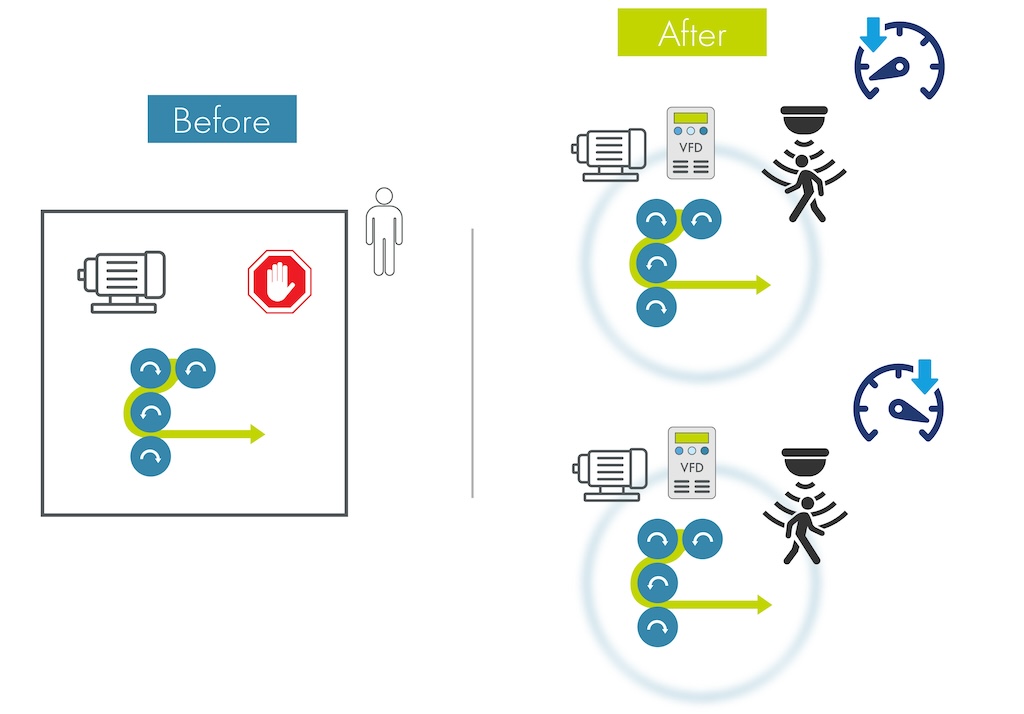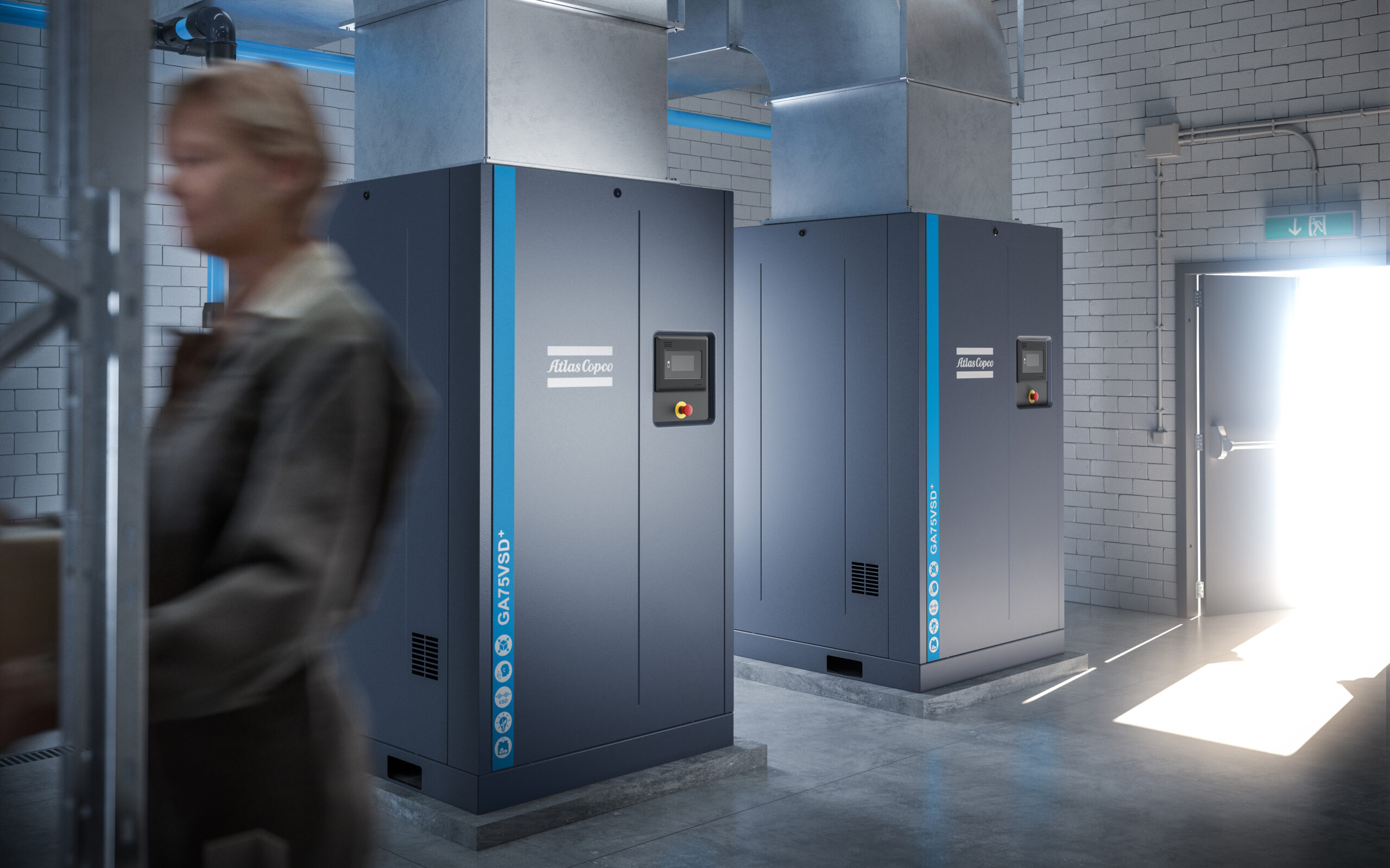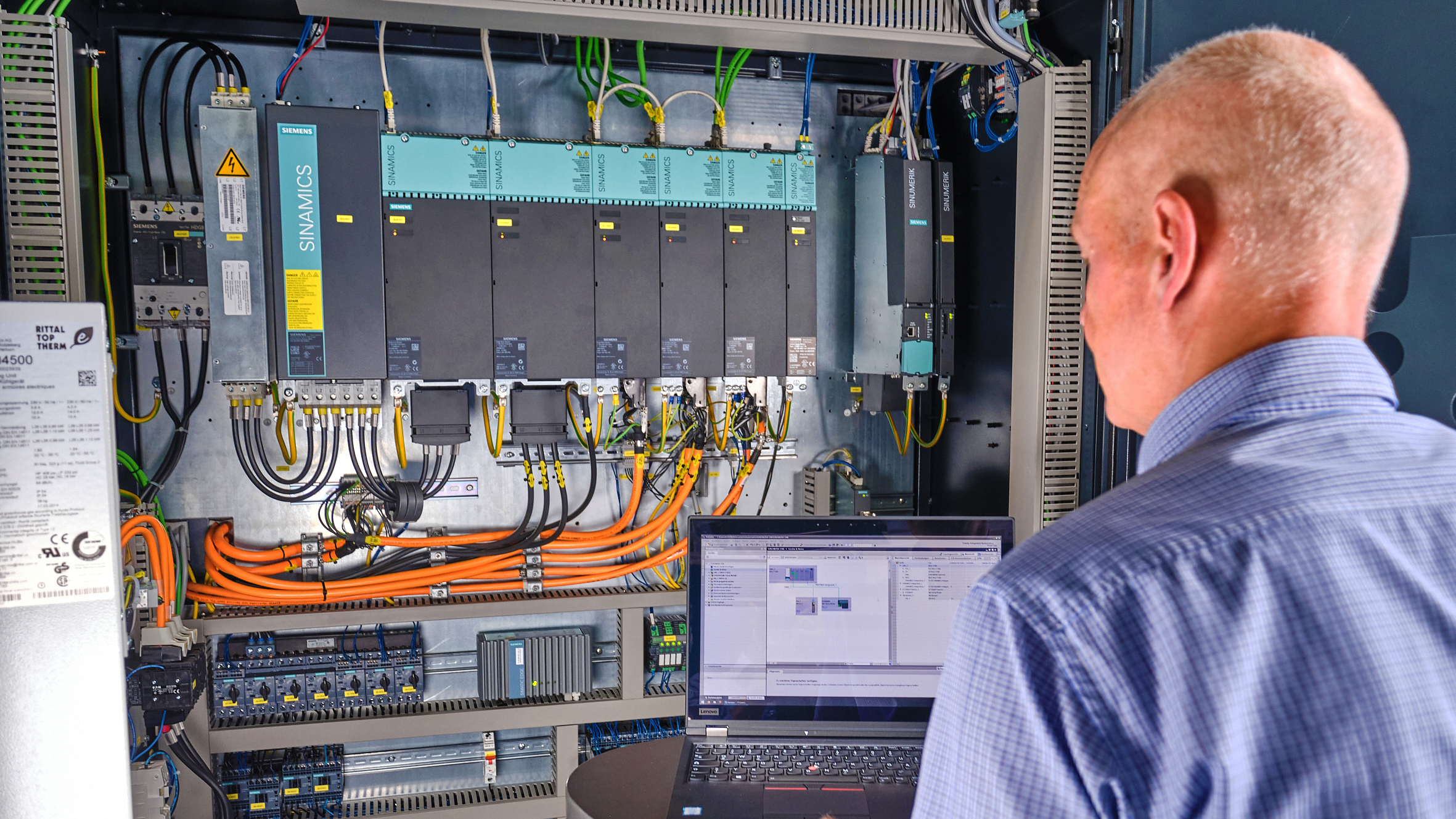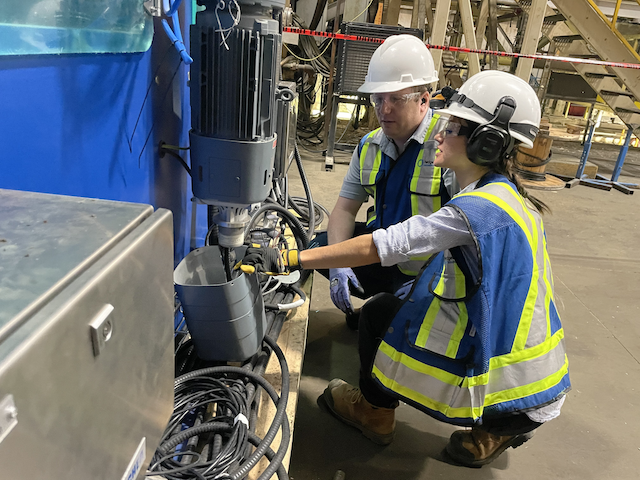What power quality events are, how they happen, and what to do
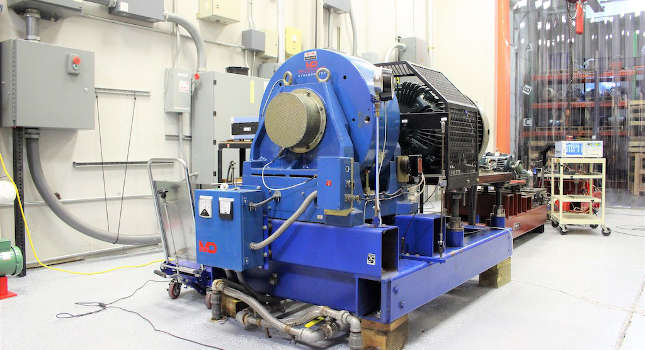
In October, Plant Engineering presented a webcast of considerable interest to the magazine’s readers and those attending its webcasts. The presenters were Michael Lyda, laboratory director with Advanced Energy and Matthew Davey, a power quality engineer with Duke Energy.
Over their operating lives, motors and other equipment encounter various power quality events, from momentary interruptions to voltage imbalances and single phasing. Therefore, being familiar with power quality events and how they impact a facility is important.
The webcast analyzed various power quality events to consider, including specific examples that support troubleshooting unusual electrical problems facilities may encounter. Questions asked of the speakers during the concluding question and answer period included the following.
How long does power have to be out to be considered an outage?
Davey: Per IEEE 1159 an event is considered an outage if voltage is below 10% of remaining nominal voltage for a minute or more.
What do line regulators consist of?
Davey: Line regulators are buck/boost transformers with a load tap changer.
Reclosures are meant to close if the temporary overhead fault is removed. Is their function similar for an underground distribution system?
Davey: The goal of deenergizing the line is to attempt to extinguish arc created by the fault. If a fault is in an underground portion of cable the first upstream protective device will operate. If that is a recloser then it will remain open until the damage is repaired.
On using reactors to dampen transients, when might you use TVSS (transient voltage surge suppressor instead of a reactor? Pros and cons?
Davey: Typically, the clamping voltage for TVSS is much higher than what is usually seen for a capacitor switching transient. TVSS are more designed for high frequency lightning type events.
What do regulators do for a distribution system?
Davey: Regulators help to better maintain nominal line voltage against changes in load on the feeder.
Is a VFD with 3% line-reactor the best solution?
Lyda: Standard off-the-shelf line reactors are most commonly rated at either 3% or 5% impedance. There is not a one-size-fits-all and the best solution really depends on power quality at your facility and your specific application. For your application the reactor should be rated to offset harmonic distortion, absorb normal line spikes and prevent nuisance tripping of any protection devices in the circuit. The higher the impedance rating, the more impactful the reactor will be on the system, but you will pay up for the additional impedance.
What’s the difference between a CVT (capacitive voltage transformer) and a UPS (uninterruptible power supply)? Why use one over the other?
Davey: A UPS is a power back-up device with energy storage which can supply control voltage during an outage. A CVT is a sag mitigation device that does not have energy storage. CVTs are solutions for shorter duration events. UPS can deal with longer duration sags since they have energy storage. Price is also a consideration when comparing the two options.
For how many cycles can a CVT hold up the control voltage?
Davey: If the CVT is properly sized, for an input voltage 45% of nominal a CVT can maintain 100% output voltage indefinitely.
If CVTs allow motors to continue to run though sags, will the motor be damaged (if there is a phase loss, for example)?
Davey: CVTs do not maintain control power for a complete outage.
Please elaborate on how hot spots in motor coils caused by current imbalance leads to failure.
Lyda: Unbalanced voltage/current will lead to one or more of the line currents being higher than the others. If the motor is running at rated load or higher under baseline conditions, then those unbalanced currents will be running above rated amperage on at least one line. Higher than rated current on some or all the coils will highlight any weakness in the winding insulation. If there is any weakness in the winding, it is more likely to show up under elevated heating conditions in the form of a hot spot. If the hot spot continues to be present over time, that part of the winding insulation is likely to get weaker and weaker and eventually may lead to a failure.
Have you seen any negative consequences of a 460V motor running at 500V (which is within typical stated voltage tolerance limits of a nominal 480V utility service)?
Lyda: Most induction motors are rated for inverter duty these days so the insulation on the motor windings can handle over 460V. However, if the motor has any ancillary equipment installed (heaters, thermal protectors, etc.) those may be more severely impacted by the overvoltage. In general, I wouldn’t recommend running the motor above rated voltage without consulting the manufacturer for that specific machine.
What issues do VFDs cause to power distribution either in-house or externally?
Lyda: VFD’s can lead to increased harmonic distortion if not installed with appropriate ancillary equipment. Some VFD’s come standard with harmonic mitigation devices, and some even come installed inside the drive enclosure itself. If harmonics are left unaddressed, they will be present on the grid and may impact other grid-connected machines. Those harmonics (power at a frequency outside of the 50 or 60Hz baseline) can lead to power quality issues such as light flicker, motor overheating, controller nuisance trips and others.
What benefit do active harmonic filters provide?
Lyda: Active harmonic filters provide harmonic mitigation across a wide range of the harmonic spectrum. They inject power with the same frequency but opposite phase to cancel the harmonics present in the system. They do require an external power source.
Can the application of transient mitigating solutions result in energy savings?
Lyda: I’m not sure there is a direct correlation from transient event protection to energy savings. However, mitigating the effect of transient events should lead to less equipment downtime, improving overall plant efficiency.
